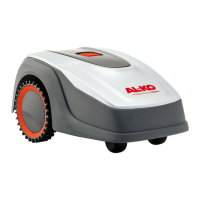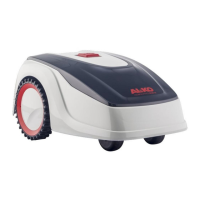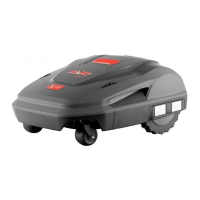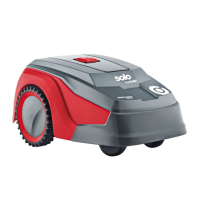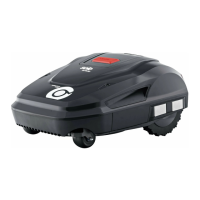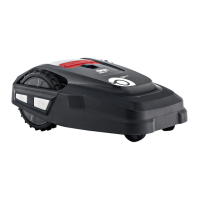What to do if AL-KO Lawn Mower recovery is impossible?
- Sshelby85Sep 4, 2025
If recovery is impossible for your AL-KO Lawn Mower, it could be due to several reasons: * The appliance has moved onto an obstacle and cannot free itself. * The appliance is outside the designated grass surface. * The left wheel motor is blocked. To resolve this: * Remove the obstacle. * Place the appliance on the designated grass surface. * Remove any blockage from the left wheel motor.
